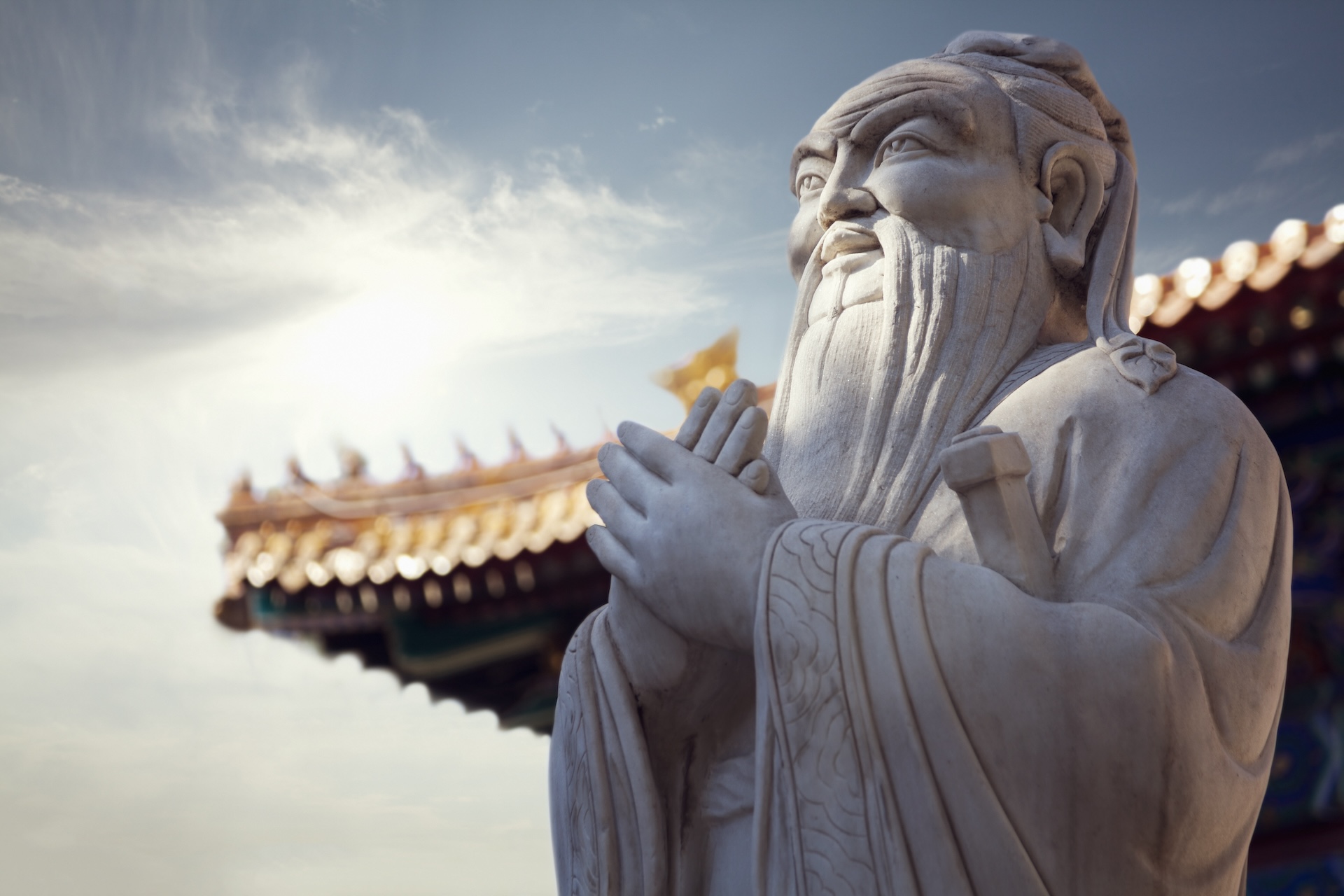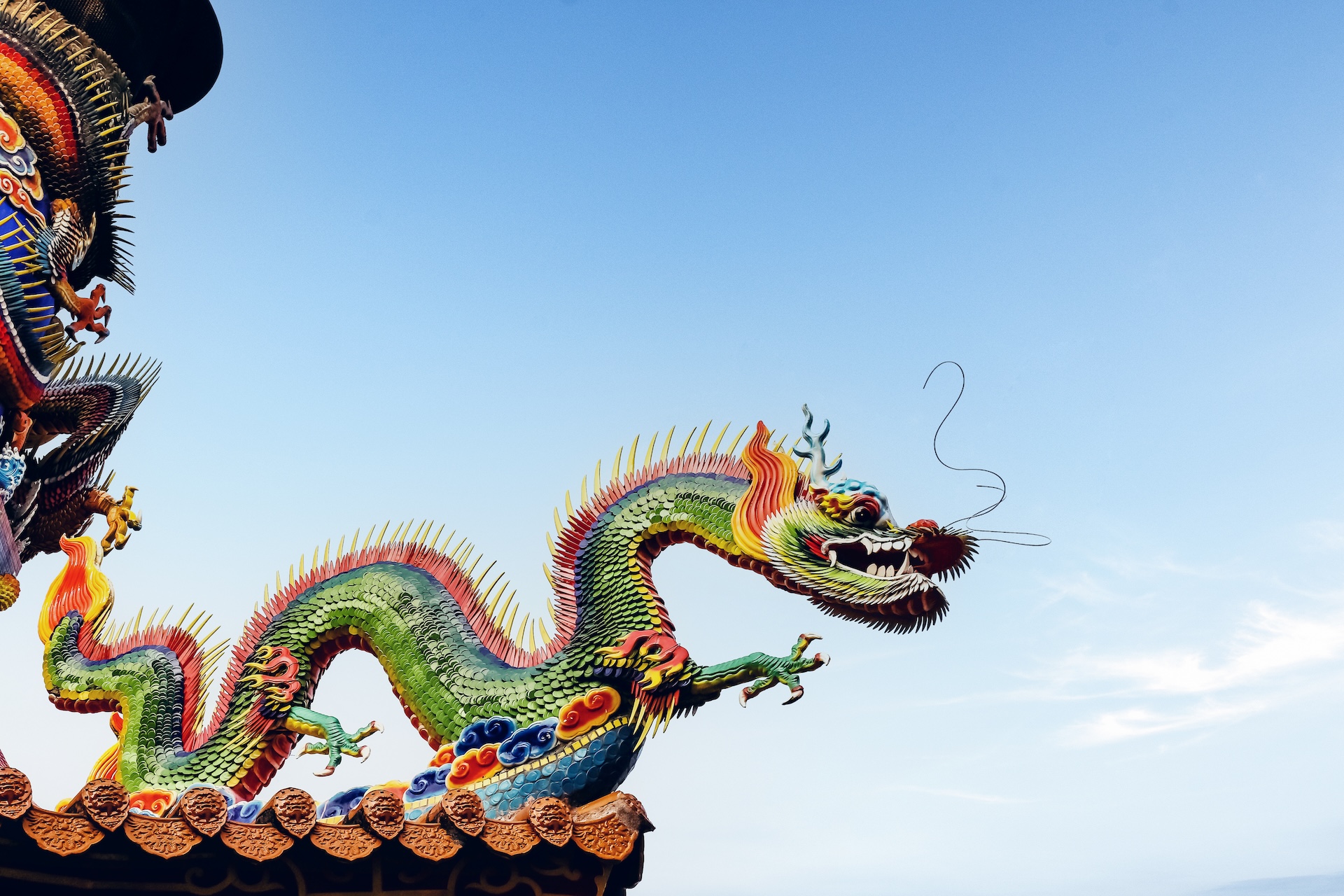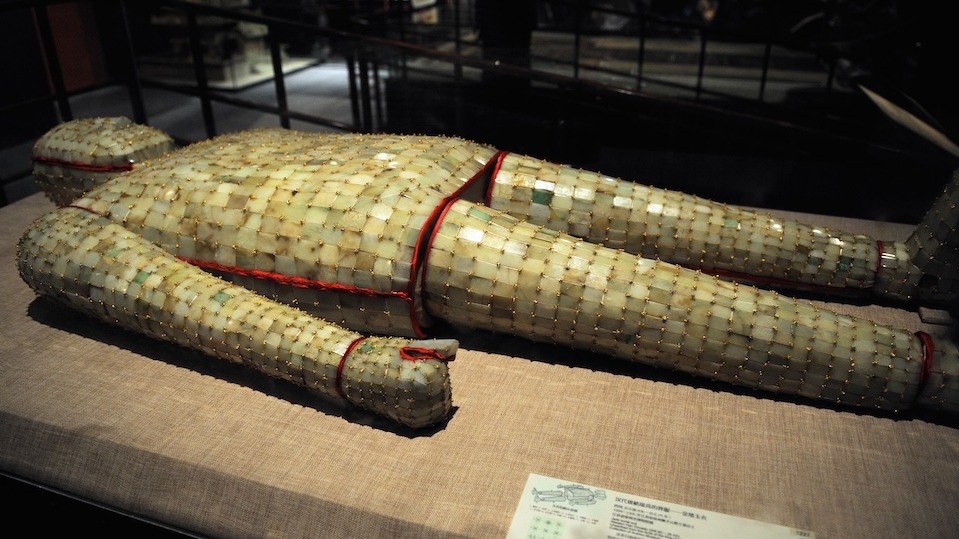Quick facts about Ancient China
Aim for who/what/when/where/why/how type facts formatted like so:
Location: Mostly modern-day China
Dates: Around 8,000 years ago to 1,800 years ago
Languages: Different dialects that used the same writing system
Famous artifacts: The Terracotta Warriors, a jade suit for Chinese royalty, and engraved bones and tortoise shells called oracle bones
Ancient China began as a group of isolated communities during the Stone Age and eventually grew into a formidable empire. Ancient Chinese people developed their own writing system and several famous philosophies that are still studied today. The civilization is also known for building the Great Wall of China.
Five dynasties, or families, ruled ancient China for more than 6,000 years. The last one of the ancient period, the Han dynasty, ruled around the same time as the ancient Roman Empire. Today, archaeologists study ancient Chinese artifacts to find clues about the civilization’s culture, religion and technological developments.
5 fast facts about Ancient China
- Around 3,000 years ago, people in ancient China used “oracle bones” — tortoise shells or bones inscribed with Chinese writing — to predict the future.
- The magnetic compass was invented during ancient China’s Han dynasty, but at first, it was used to predict the future instead of to navigate.
- Around 2,200 years ago, ancient China’s first emperor, Qin Shi Huang, began connecting many small walls to build the now-famous Great Wall of China. It eventually became over 13,000 miles (20,000 kilometers) long.
- In ancient China, people thought dragons were real, godly figures with magical powers.
- Paper was invented in ancient China up to 1,900 years ago.
Everything you need to know about Ancient China
How did ancient China start and end?
Because ancient China wasn’t always a single, unified empire or country the way modern China is today, it’s difficult to identify a clear start and end of the civilization. However, many historians say the ancient Chinese civilization began during the Stone Age, around 8,000 years ago, and ended when the Han dynasty fell 6,200 years later. At that point, China fell into a period of infighting, with no clear ruler, for a few hundred years. After that, a series of dynasties ruled until the last emperor was removed in 1911, and the modern period in China began in 1912.
At the beginning, there were only groups of communities. Over time, these turned into states, which then joined into a single empire. Between 480 B.C. and 221 B.C., or about 2,400 years ago, ancient China was divided into many states that fought for control. This era, called the Warring States period, ended when Qin Shi Huang unified ancient China into an empire and became its first emperor. Around 400 years later, the Han dynasty broke apart, partly because of conflicts within the imperial family.
What are the Terracotta Warriors?
In 1974, Chinese workers discovered thousands of life-size warrior statues buried in three pits. Today, they’re known as the Terracotta Army or the Terracotta Warriors. Historians and archaeologists believe the statues were buried close to the tomb of Qin Shi Huang when he died in 210 B.C. to serve and protect him in the afterlife. Archaeologists haven’t finished excavating the Terracotta Warriors. They think an entire replica of the ancient capital of Xi’an might be buried along with the rest of them.
The Terracotta Warriors aren’t simply thousands of copies of the same figure. Each warrior is unique, with individual hairstyles, clothing, weapons, body shapes and expressions. Because of this, some scholars think the statues were modeled after real soldiers.
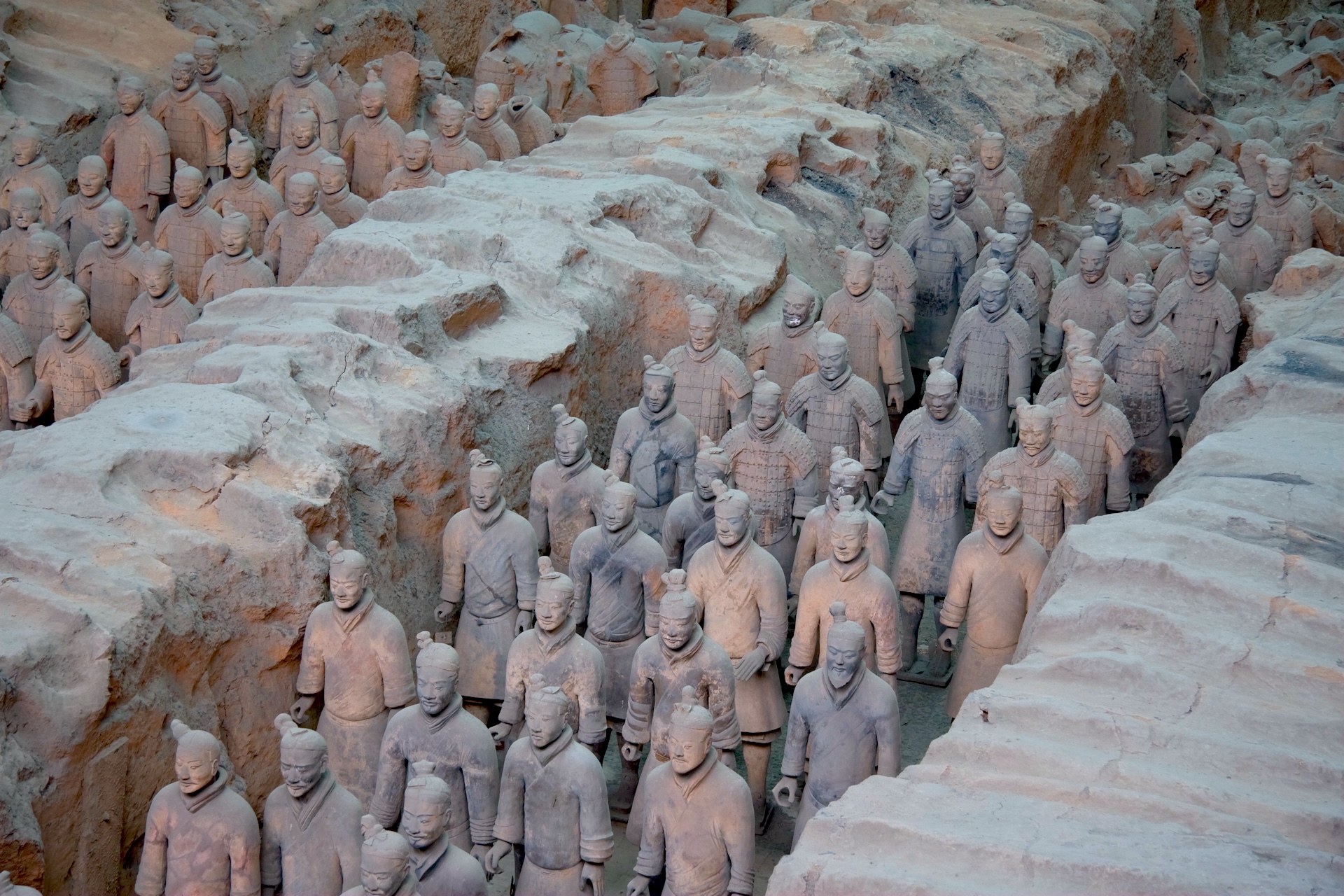
Why did China build the Great Wall of China?
The Great Wall of China took an extremely long time to become what it is today. It was built in different phases across 2,000 years of history. From 770 B.C. to around 480 B.C., ancient China was divided into different states, whose rulers began building smaller walls to protect themselves from enemy tribes in the north.
When Qin Shi Huang came to power in 221 B.C., he connected those smaller walls and forts with the same goal in mind: to protect the empire’s northern border from enemies such as the Mongols.
Later Chinese rulers continued work on the Great Wall, and it wasn’t until the 1300s that the structure was mostly finished.
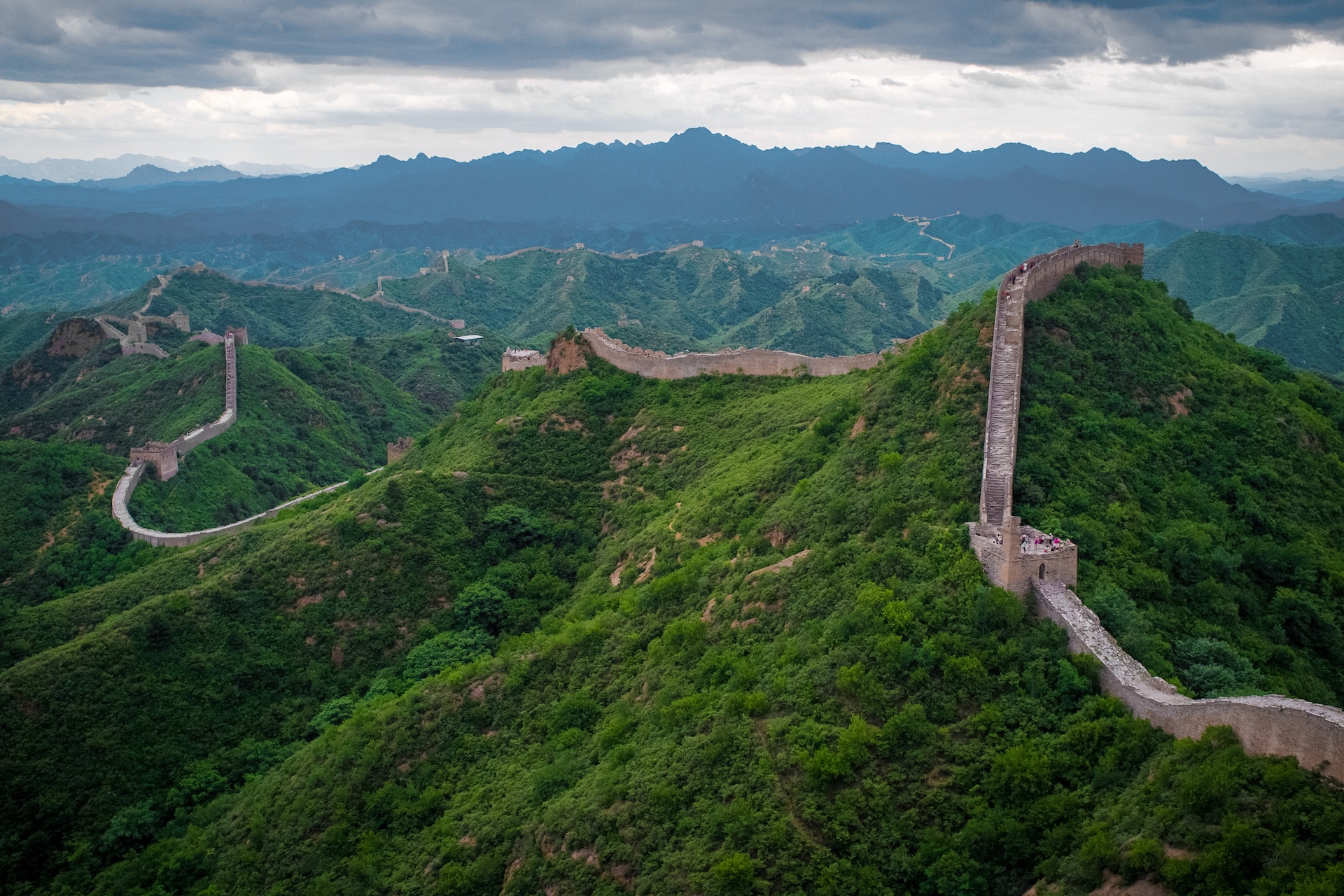
Who are the most famous Chinese emperors?
Emperor Qin Shi Huang of the Qin dynasty was the first emperor of ancient China and ruled from 221 B.C. to 210 B.C. He’s most famous for unifying the region into a single empire; creating a common system of measurements, writing and money; implementing important political and social changes; and ruling with strict force.
Emperor Gaozu of Han became emperor after Qin Shi Huang and started the famous Han dynasty. He was born a peasant, but he eventually led a rebellion that put him on the throne. He ruled from 202 B.C. to 195 B.C., and lowered taxes, launched other rebellions, and expanded the empire to make it one of the largest in the world.
Emperor Han Wudi was an emperor of the Han dynasty and ruled from 141 B.C. to 87 B.C. He established the ancient Chinese philosophy known as Confucianism as the empire’s main ideology. During his reign, the empire grew very powerful and wealthy.
Who was Confucius?
Confucius was a famous Chinese philosopher whose teachings are called Confucianism. He lived from 551 B.C. to 479 B.C., during the Zhou dynasty and a period of great strife in ancient China. Confucianism teaches people to achieve perfection through kindness, righteousness, social order, wisdom and honesty. While some mistakenly believe it to be a religion, it’s more of a way of life.
Hundreds of years after Confucius died, Emperor Han Wudi promoted Confucian values during the second and first century B.C. The philosophy became very influential not just in China but also throughout East Asia, and it continues to influence the region’s culture today.

